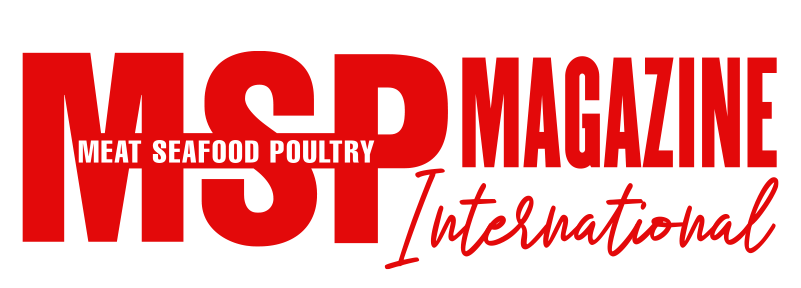Today, in terms of general decrease of the investment activity in Russia, fish industry is one of few traditional branches that have a real chance of improvement of the economic performance with the right distribution of financial investments. The potential growth here is protected by a large fund of inland waters and coastal waters. This promising niche for business has all the prerequisites to be mastered much more effectively than it is now.
Consumers are willing to buy domestic aquaculture production but Russian manufacturers can not independently ensure the local market needs yet. That is why it is filled with Chinese and Vietnamese low-quality fish – tilapia and pangasius. However, the current trend of import substitution is an advantage here, because the currently increasing demand from the domestic market is an additional incentive for industry development.
According to our calculations, the capacity of total fishing catch in the Far East basin compared to 2015 will increase by 15.5% by 2023. It will amount to 3,560 thousand tonnes with the objects from the fishing catch quota reaching 3 thousand tonnes. However, the big catches of wild fish contribute to the depletion of natural resources, which leads to the demand for aquaculture production. Commercial fish farming has a significant growth potential: the aquaculture production in Russia is 3.5%, whereas 42% of the world’s fish is grown in fish farms. The industry branch has all prerequisites in order to avoid choosing between import substitution and export orientation but both these areas can be successfully developed. By 2023, the export potential of fish and fish products in the Asia-Pacific countries will increase to 1,964 thousand tonnes with the total cost of $ 3.42 billion. The deliveries of fish and fishery products to domestic market compared to 2015 will increase by 19.5% amounting to 1,595 thousand tonnes.
An annual investment of 250 million dollars is required to ensure sustainable growth dynamics of fisheries industry, and a 2% increase in fishing catch and fish processing. The profits from fishing catch and fish processing, which can be directed towards investments without affecting the original operation of enterprises, exceeds 39% of the required minimum for the development of investments.
The largest fishing organizations are able to ensure not only its own reproduction but they also serve as the only real engine of development of the fishing sector in the Far East of Russia. Organizations from the central part of Russia with sufficient investment resources can be effective investment partners here.
The possibility to increase the annual fishing catch and aquaculture production depends largely on the level of state support and the possibilities of project funding in the frame of the organizations’ fixed assets. Today, however, the formed potential of investment funds is distributed between 2,600 organizations. As a result, an average Far Eastern fishing enterprise has the ability to generate a total amount of 143 thousand dollars of investment funds per year that can be directed into investments without compromising its activity. This sum is sufficient to pay half of the cost of a small vessel or a boat.
Given the fact that the ten largest fishing organizations in the Far East accumulate 31.8% of the generated investment funds, the other enterprises receive only 92 thousand dollars each. This amount is not sufficient for the development of the majority of fishing organizations. This situation can be rectified by directing 1/3 of the required investments from the federal budget and another 1/3 from the budgets of regional and local authorities towards the development of the Russian Far East fishery sector enterprises.
Due to isolation of fishery industry of the Russian Far East from European parts of Russia and the main areas of product consumption, the key source of added value growth is the processing improvement which increases the customer appeal of finished products. For this purpose, in 2016―2023, it is appropriate to establish 20―40 processing plants with total capacity of up to 100 thousand tonnes of finished products per year near the coastal refrigerating warehouse complexes in Primorye, Kamchatka and Sakhalin (which have refrigerating capacities of minimum 140 thousand tonnes).
As a measure of government support, a state regional programme aimed at the development of processing plants in these territories is necessary. The means for small and medium-sized businesses support can become one of the sources of its financing. Subsidizing some of the costs of fish processing plants for purchase of new domestic fish processing equipment is also necessary. The enterprises that develop and implement such equipment should be subsidized too.
All these measures will allow organizations included in a cluster, to produce and implement equipment, as well as fish processing complexes with added value amounting to about five times more than now. In addition, the implementation of these measures will have a multiplicative effect by creating added value directly in the companies that use high-tech equipment for deep processing of fish and seafood and related industries. In turn, it will provide additional revenues to the federal budget.
Source: ng.ru

